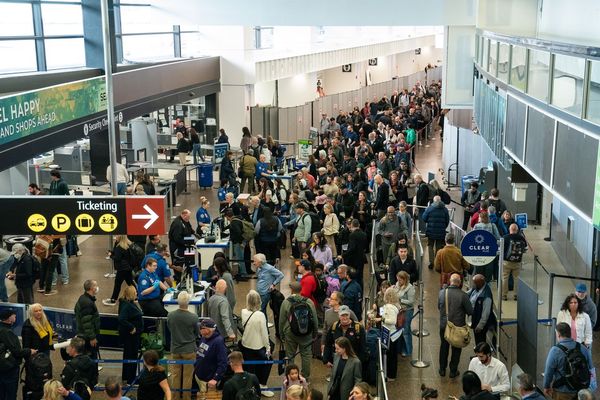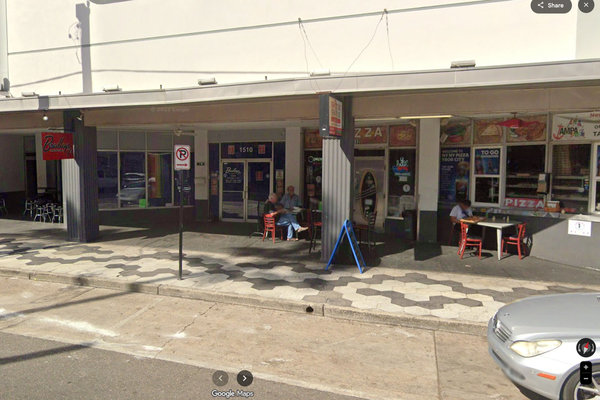By 2050, the world population will approach 10 billion, intensifying demands on agriculture amid challenges like land shortage, water scarcity, and climate change. Automated vertical farming, cultivating crops in controlled, stacked environments, offers a sustainable solution to these challenges, potentially transforming food security.
Sairone, developed by Saiwa, is an innovative AI platform revolutionizing automated vertical farming. It leverages machine learning to optimize operations by seamlessly integrating with drones for real-time data collection. By monitoring environmental conditions, detecting diseases early, and optimizing crop management, Sairone enhances precision and resource efficiency, driving sustainability and higher yields.
This article explores the concept of automated vertical farming, its underlying mechanisms, the role of artificial intelligence, its advantages, and real-world examples of its implementation.

What is Automated Vertical Farming?
Automated vertical farming is a modern agricultural technique that involves growing crops in vertically stacked layers within a controlled environment, often indoors or in repurposed urban spaces. These systems utilize soilless growing media, such as hydroponics, aeroponics, or aquaponics, and precisely control environmental factors like temperature, humidity, light, and nutrient delivery.
How Does Automated Vertical Farming Work?
Automated vertical farming systems typically consist of stacked growing trays or towers, equipped with LED lighting to provide optimal light spectrums for photosynthesis. Plants are grown in soilless media, with nutrient solutions delivered directly to the roots through hydroponic, aeroponic, or aquaponic systems.
The Role of Artificial Intelligence in Vertical Farming

Artificial intelligence (AI) plays an increasingly important role in optimizing and enhancing the efficiency of vertical farming operations. The integration of AI in farming has proven to be a game changer, improving crop yields and reducing resource usage.:
- Precision Agriculture: AI algorithms analyze data from sensors and other sources to precisely control environmental parameters and nutrient delivery, tailoring conditions to the specific needs of each crop and growth stage.
- Predictive Analytics for Crop Management: AI can predict crop yields, anticipate potential problems, and optimize resource allocation based on historical data and environmental factors.
- Disease and Pest Detection: AI-powered image recognition systems can detect early signs of diseases and pests, enabling prompt intervention and preventing widespread outbreaks.
Top Examples of Automated Vertical Farms Around the World
Several successful examples of automated vertical farms demonstrate the viability and potential of this technology:
- Nuvege, Kyoto, Japan: One of the largest vertical farms in the world, Nuvege utilizes advanced automation and robotics to produce a variety of leafy greens.
- PlantLab, Den Bosch, Holland: PlantLab focuses on data-driven plant production, optimizing growing conditions for maximum yield and resource efficiency.
- Sky Greens, Singapore: Sky Greens utilizes a unique vertical farming system based on rotating towers, minimizing energy consumption and maximizing space utilization.
Conclusion
Automated vertical farming is revolutionizing agriculture by using advanced technologies like robotics and AI to improve food production efficiency. Despite challenges with initial costs and energy use, ongoing advancements are enhancing system efficiency. As the technology progresses, it could be vital in ensuring food security and promoting sustainable agriculture.







